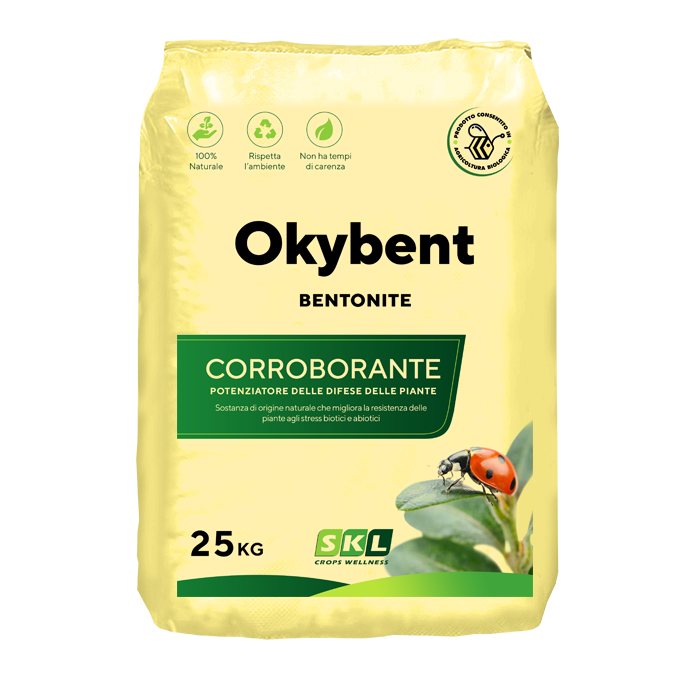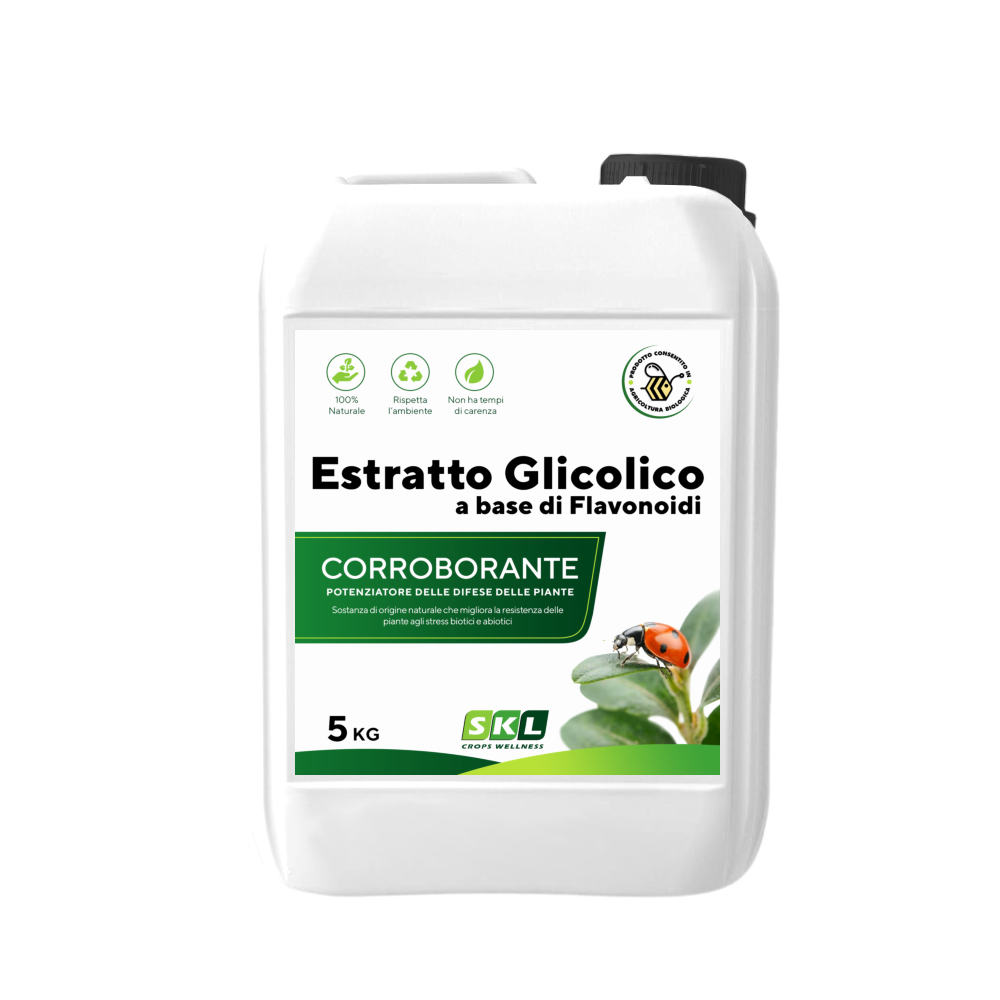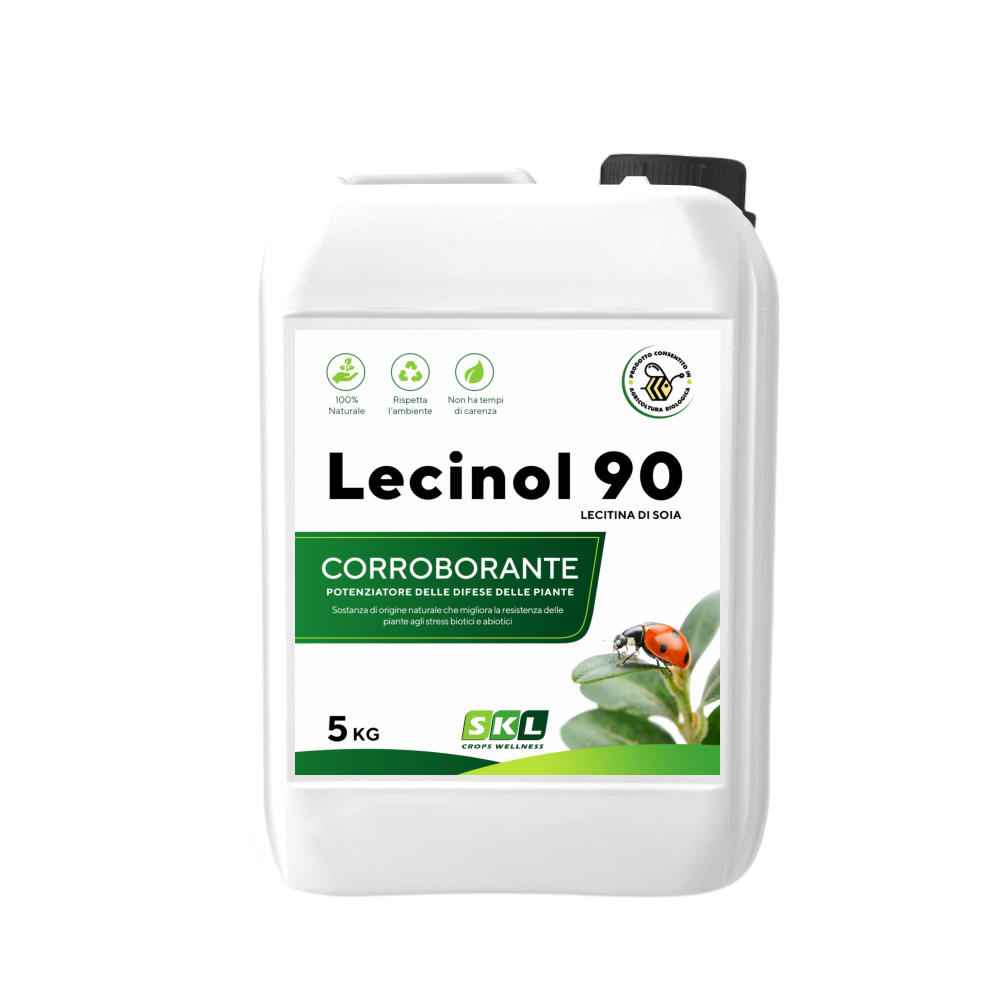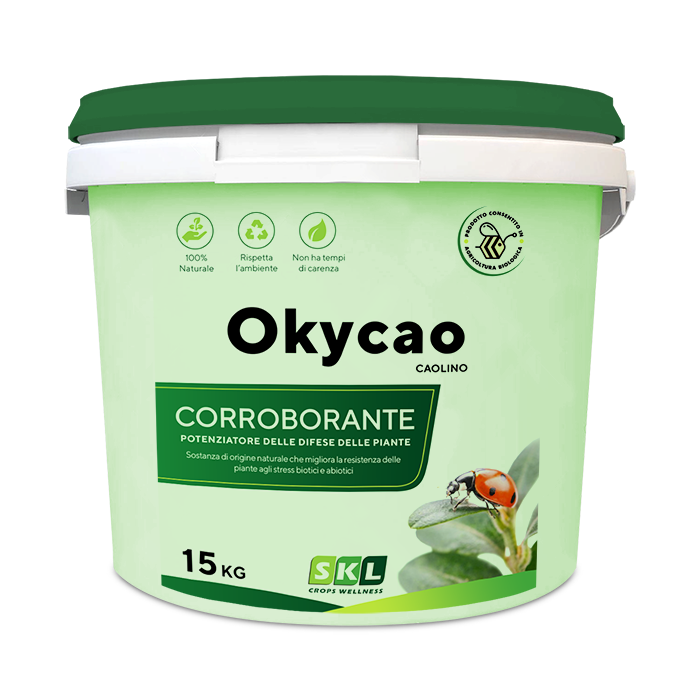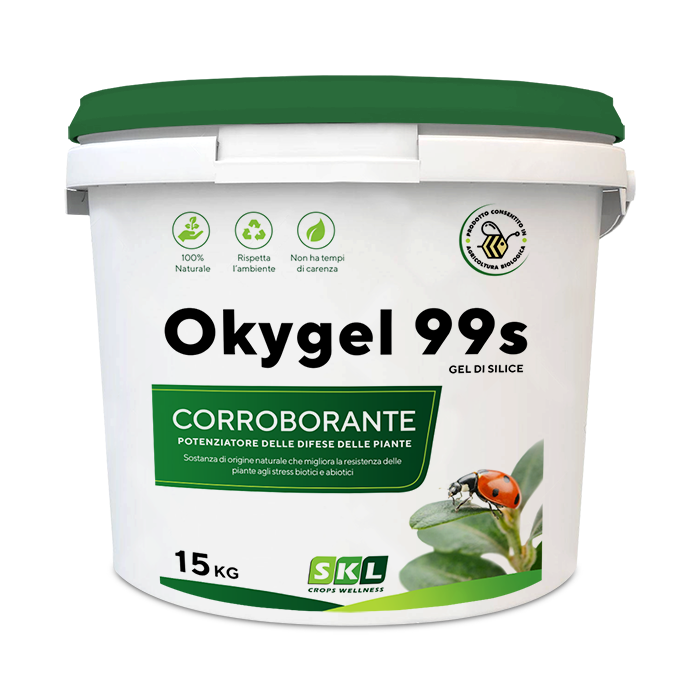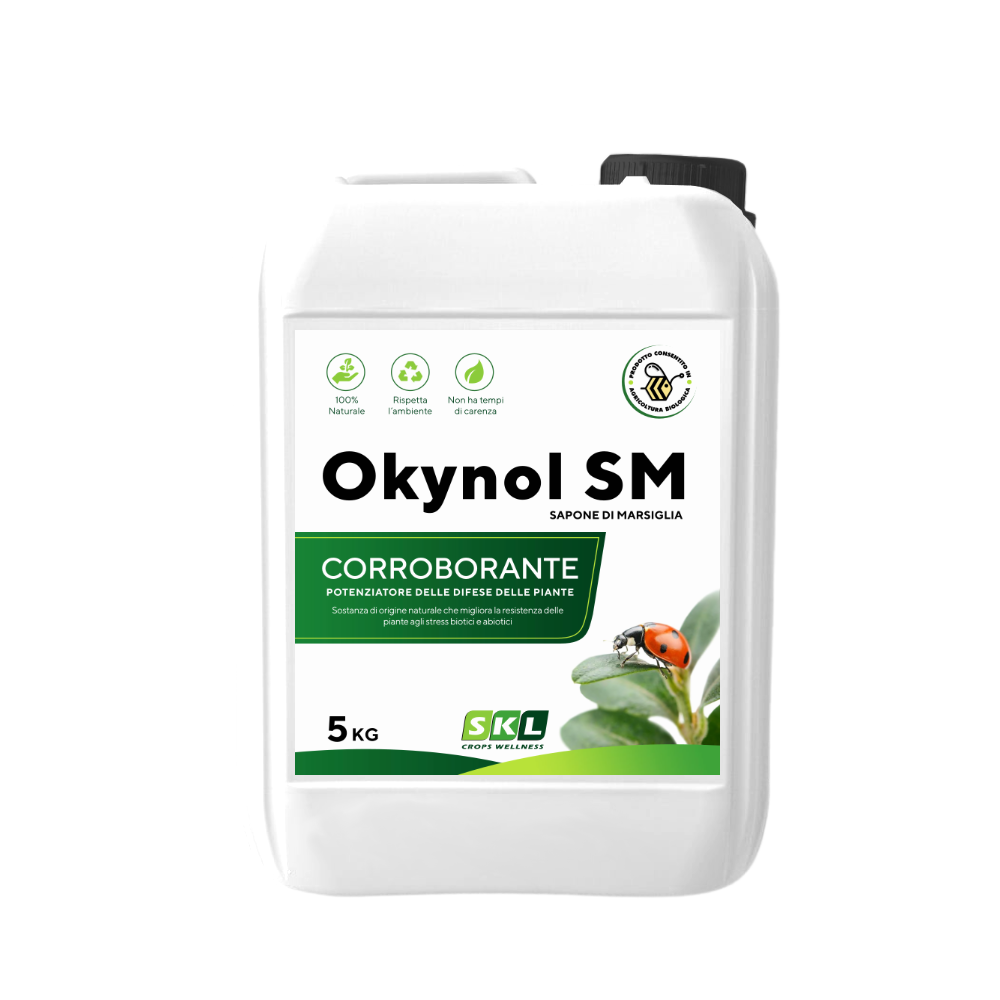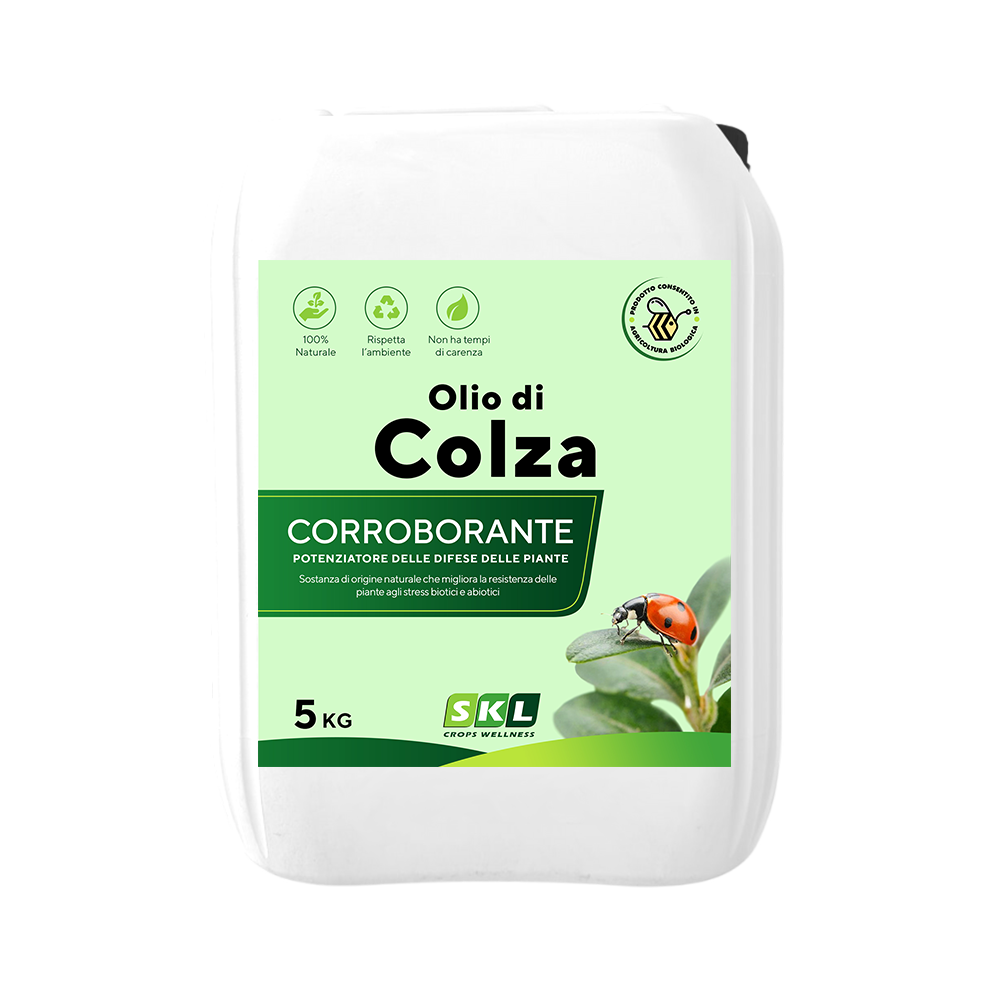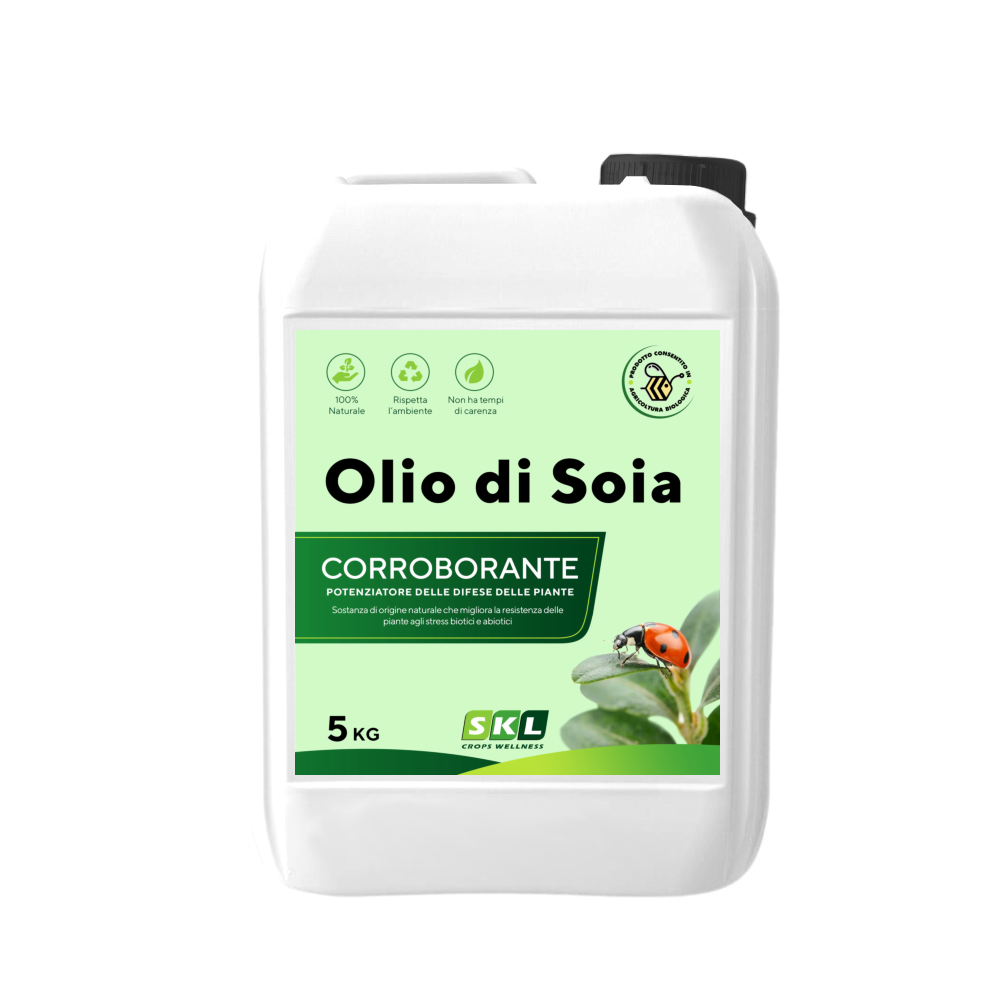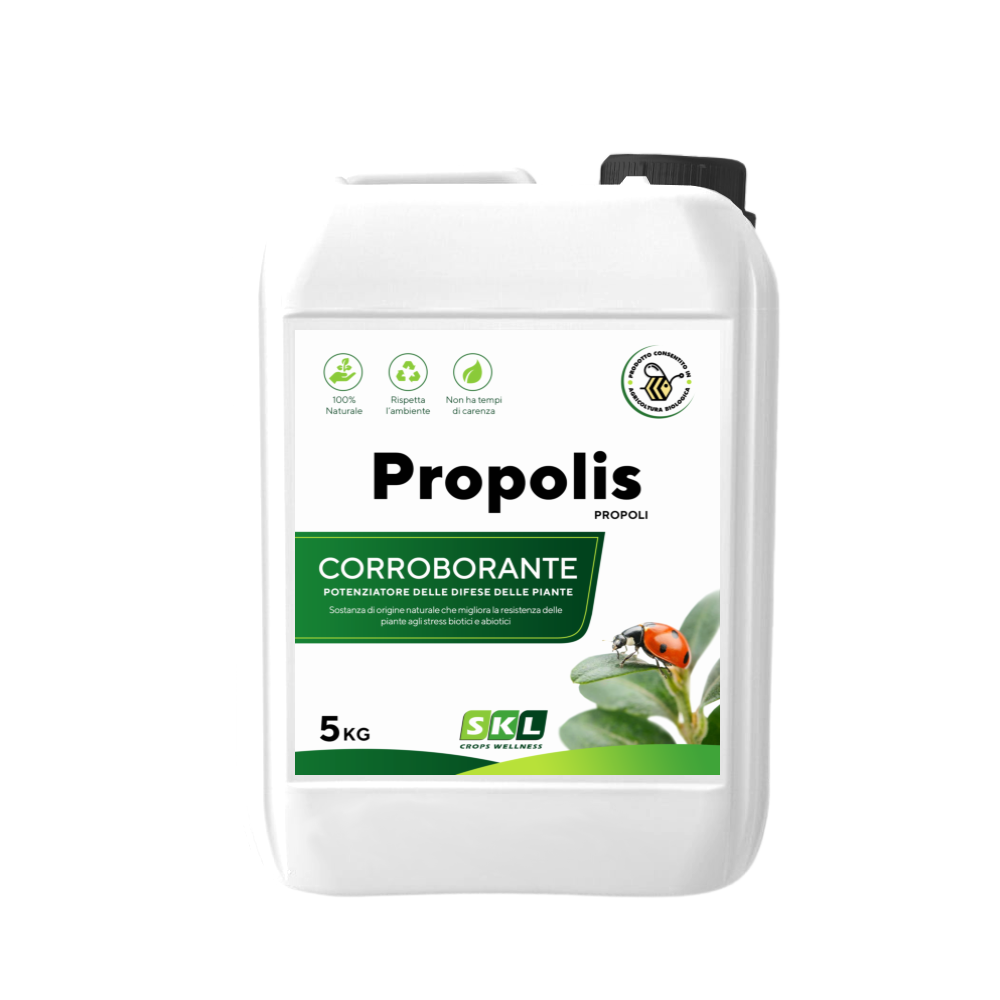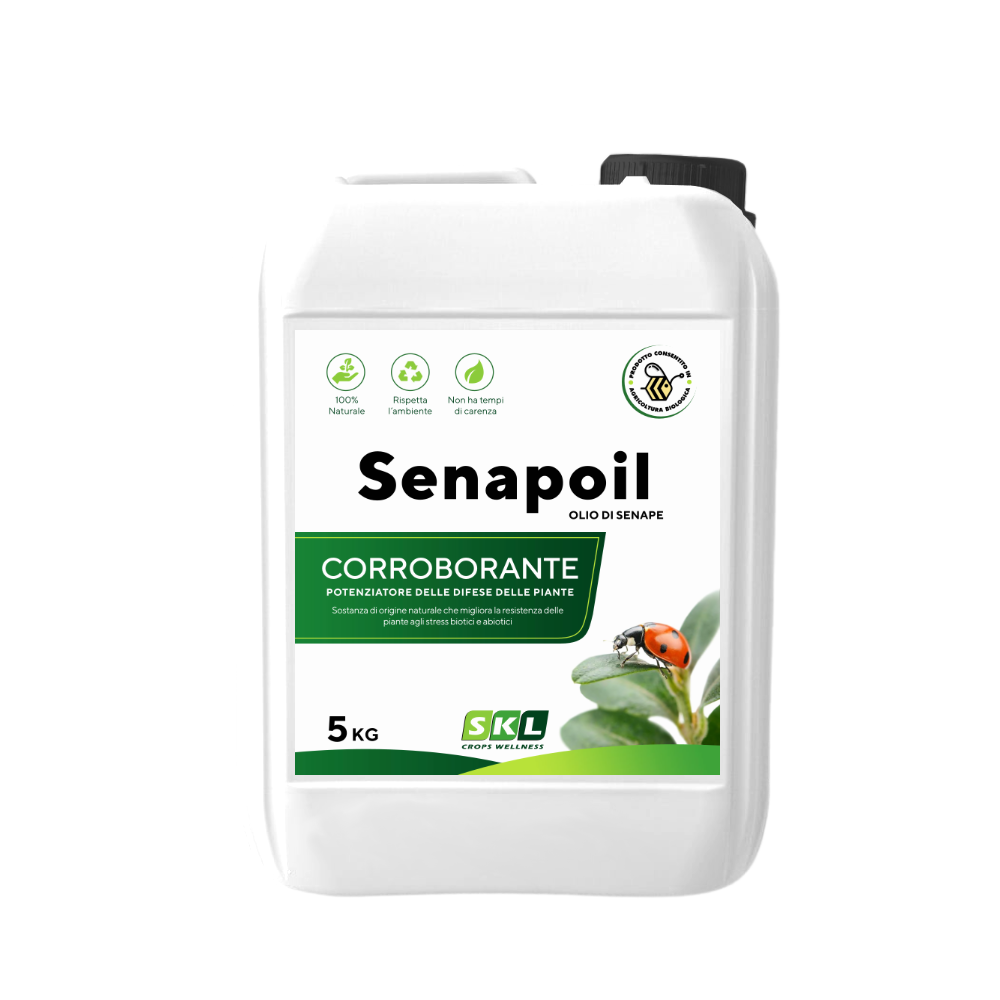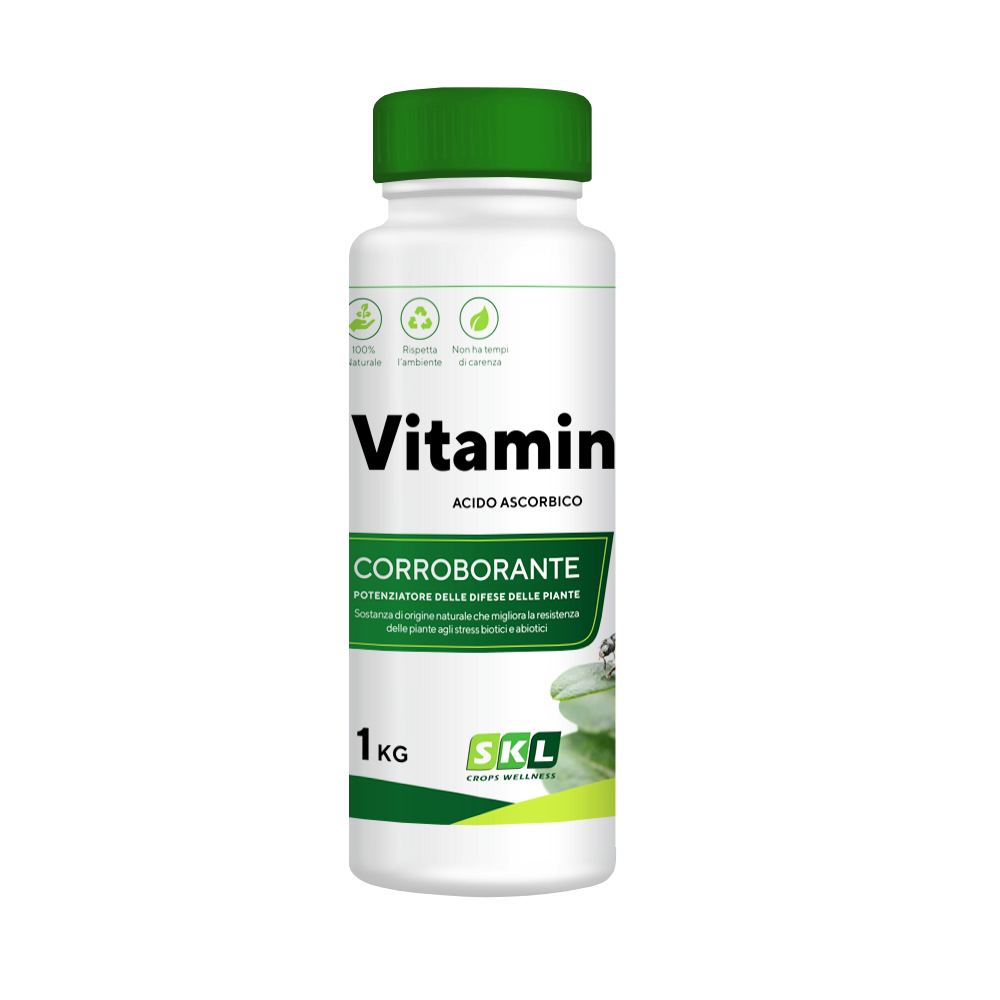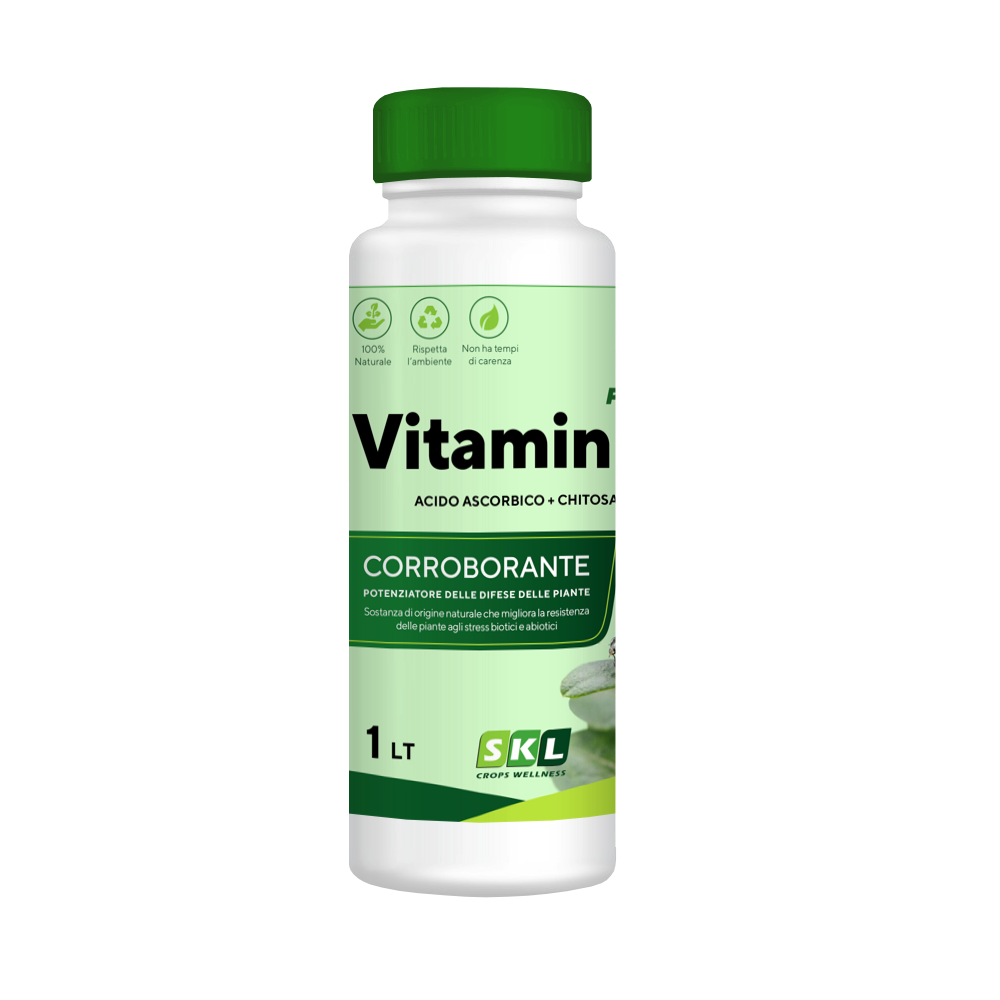Description
Okybent is composed of Bentonite (montmorillonite), a volcanic clay mineral.
What is Bentonite used for in Agriculture?
Thanks to its strong water-absorbing capacity, this clay becomes a gel with a volume gain of 16 times; therefore, the main characteristic of Okybent is to extract water from the surrounding environment, heal microlesions, and absorb metallic ions.
Why use Bentonite in Agriculture?
- It absorbs large amounts of water: the hydrorenitive power of Okybent drastically reduces problems derived from excess moisture, such as infections from Botrytis cinerea on grapevines, strawberries, and vegetables, or acid rots on grapevines, caused by pathogenic fungi that prefer high levels of humidity.
- It heals microlesions present on fruits, from which fungal infections would otherwise easily start.
- It absorbs metallic ions, pesticides, nitrosamines, mycotoxins, and other toxic substances present on leaves and fruits.
What are the advantages of using Bentonite?
As evidenced by the scientific publication "Effect of bentonite as a soil amendment on field water-holding capacity, and millet photosynthesis and grain quality", repeated applications of Bentonite have an excellent amending effect on soils, especially sandy or drought-prone areas.
Bentonite improves water retention and increases the plant's ability to absorb water, especially in periods of low availability. This characteristic allows for an increase in the percentage of germination and emergence in crops, increasing the rate of photosynthesis, respiration rate, and water use efficiency.
Furthermore, thanks to its structure, it effectively retains mineral elements that are useful for the development and growth of crops.

Dosage
It is necessary to treat the affected crops, especially vineyards, from the early vegetative stages, in order to apply Okybent on surfaces that will be difficult to reach in the future.
Therefore, one or more applications of Okybent are suggested after flowering, while for the vine it is advisable to apply a decisive treatment before cluster closure.
| Powdery treatments |
| Use 25 - 75 kg/ha of Okybent for each treatment, preferably on dry and sunny days. Humid or rainy days reduce the effectiveness of the treatments. For vines, it is recommended to combine Okybent with regular sulfur treatments using Ventilated Sulfur. |

